photo credit: Kerrin Serna
Written by Patrick Chavis
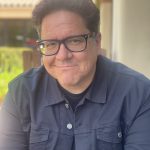 Costa Mesa Playhouse is one of the most unique theatre spaces in Orange County. If you drive up to the venue and think this can’t be the theatre, you have most likely found Costa Mesa Playhouse. The theater is on the campus of Rea Elementary School, but the Playhouse is its own independent entity in a space it rents from the City of Costa Mesa. Costa Mesa Playhouse has put on theatre productions in the area for over 50 years and is one of the oldest-running performing arts theatres in Orange County. Initially, the Playhouse was in the wood shop building of a junior high school. The city of Costa Mesa rented the property to a theatre group in the 80s to build a theatre. After years and years of different board members and ardent lovers of theatre, that is where the theatre remains to this day.
Costa Mesa Playhouse is one of the most unique theatre spaces in Orange County. If you drive up to the venue and think this can’t be the theatre, you have most likely found Costa Mesa Playhouse. The theater is on the campus of Rea Elementary School, but the Playhouse is its own independent entity in a space it rents from the City of Costa Mesa. Costa Mesa Playhouse has put on theatre productions in the area for over 50 years and is one of the oldest-running performing arts theatres in Orange County. Initially, the Playhouse was in the wood shop building of a junior high school. The city of Costa Mesa rented the property to a theatre group in the 80s to build a theatre. After years and years of different board members and ardent lovers of theatre, that is where the theatre remains to this day.
Since 2014, we’ve reviewed theaters all over Orange County, including Costa Mesa Playhouse. In this reviewer’s humble opinion, regarding the quality of productions, Costa Mesa Playhouse is the most improved theater company I’ve seen in Orange County in the last five years. The turnaround has been astounding and was highlighted last year with their multiple wins for Best Director, Best Set, Best Ensemble, Best Actor, and Best Young Actress.
I met Michael Serna at Dripp Coffee, a popular coffee house next to the old historic Fox Theatre, on a sunny Sunday afternoon in Fullerton. According to Serna, the success of Costa Mesa’s recent shows was no accident but a plan he’s been working on with the theatre as far back as 2019. When Serna became the artistic director of the Costa Mesa Playhouse, the goal was to elevate the productions at the theatre and explore new territory theatrically. It’s impossible to miss Serna’s passion for the theatre and directing, whether it’s from listening to him talk at Dripp or admiring the detailed work he puts into his set designs. We talked about his award-winning show The Whale, Costa Mesa Playhouse, and his perspective on directing.
Chapter 1: a shy kid from las vegas
I was super quiet, super shy. And my sister (Carrie) kind of forced me into taking a theatre class.
“you got to get out of your shell,” Carrie told him.
 With advice from his older sister Carrie, Michael took a theatre class in high school.
With advice from his older sister Carrie, Michael took a theatre class in high school.
I fell in love with it immediately. I became obsessed with theatre, loved being onstage loved, sort of what theater was, and that’s where the outlet for creating started for me.
Even though Serna’s experience with theatre in high school was good, he didn’t think it was something he would do as a career. Instead, he majored in art with dreams of being a graphic artist when he entered college at the University of Nevada, Las Vegas.
I thought I was gonna be [a] graphic artist. I took some art classes. I hated it. I took a couple of acting classes, just for fun to keep doing the acting thing. I didn’t think that would lead to a career. The Art Department was very, like structured and very, like black and white, which I didn’t like.
Whereas at UNLV, at the time, the chair (of the Theatre Department) had brought in a bunch of people from the outside [the area]. Some teachers from Washington [dc] [and] a guy from Juilliard, kind of assembled a bunch of pretty good non-educators who really were great, really were inspiring, and I started doing some plays, and I got cast in a bunch of shows. a guy who ended up being my mentor (Davey Marlin Jones a teacher/stage director) cast me in my first show in college. And I was sitting in the lobby, and he said,
Why are you out here? Isn’t everybody in class?
Serna was not in class then because he wasn’t a theatre major.
And I said, I’m not a theatre major.
Jones responded, “you should be a theatre major.”
I got up and literally went and registered to be a theatre major.
In the early years, Serna described his passion for theatre as an unhealthy obsession that only seemed healthy because it worked.
I started reading everything I could. And I started watching movies, thinking about it from that side. And that [it] was lucky that I wasn’t very natural, because I got to work with so many better people than me all the time. But I would watch them and learn, and I started to cultivate what I thought was good acting versus what I was doing, which was probably bad acting.
While Serna’s main focus in college was acting, he took a directing class on the side at UNLV, and it opened up his eyes to that side of theatre. He credits his time at UNLV and his mentor Davey Marlin Jones for inspiring him to realize what he enjoyed most about theatre, and it wasn’t being an actor.
I didn’t need people to applaud for me. I liked the words; I liked the study of it (theatre). I liked figuring out the characters and all of that. And then I got to the other side, and i figured out I kind of like seeing the broader picture.
Chapter 2: Six Chairs & a Couple of Artists
Serna was accepted into the Graduate program for Acting at Cal State Fullerton after being convinced by Dan Kern, a representative of CSUF. He made the trek from Las Vegas to the sunny shores of Orange County.
I came to Cal State Fullerton, and I liked it. I spent most of the time [focused on] acting because they wouldn’t let you do things like direct.
Serna thought the program at the time was regimented and limiting in some ways.

Photo Credit: From the play SubUrbia by Eric Bogosian From Left: Ryan Jacobsen, Peter Hilton, Kevin Doyel Photo by Michael Serna
After CSUF, Serna began spreading his wings and acting outside a collegiate program.
I wasn’t equity yet, but I was eligible. And then some friends started a theater company down in Long Beach, and I said, “Sure.”
They named the theater company Six Chairs and a Couple of Artists.
That’s what graduate students in a theater program do is start a pretty pretentious sounding theater company. we had a pretty good run for about two and a half years. But then we found out like after about a year that it [the space] was never zoned for theater.

Odd Couple (2010) JP Sarro (Oscar) Shaun Leslie Thomas (Felix) Costa Mesa Playhouse Photo Credit: Mike Brown.
That ended their run as a theater company, but Serna continued independently working as a theater director part-time.
As a director, I thought, well, I can always do this on the side. And I was getting, you know, enough work here and there.
Serna found Costa Mesa Playhouse on Facebook. He was friends with the daughter of someone on the board of directors. She mentioned the playhouse needed a director, and Serna was excited about the opportunity to direct. After Serna directed his first show, The Odd Couple, he pitched David Auburn’s play Proof.
Catherine :Darcy Porter, Hal : Ben Green. Photography: Melody Calvert Proof (2012)
that was really the kind of show I like to do. a small person show, something kind of a little more heavy, [a] Pulitzer Prize winner. And around that time Mike Brown from Costa Mesa asked me if I would join the board.
Serna had hesitations about joining the board and felt the position might be boring. Still, Costa Mesa Playhouse would not give up and continued to ask until Serna finally accepted. Once Serna accepted, he was invested and committed to making Costa Playhouse his theatre home. As the Artistic Director, Serna approaches his seasons through an art house perspective.
a little more arthouse, a little more progressive, do some stuff that challenges the borders a little bit versus [only] catering to a base. And in Costa Mesa, we’re really lucky. They actually want us to do weird stuff.
Chapter 3: A Whale Tale
the pandemic really drove me closer to “the whale.” I was like, now we all felt this, this life of isolation being stuck in a place. So it really had more value, I thought, post-pandemic than it did before.
Serna felt Directing Samuel D. Hunter’s play “The Whale” was quite challenging, which drew him to the script in the first place. Because the characters in the piece aren’t the most likable characters.
we have a lot of judgments about them [the characters]. You’ve got a guy who’s incredibly overweight. You’ve got a young woman who’s bitchy and seems like a problematic teenager.
Serna met the challenge of the script head-on and was able to direct a production that made us want to invest in these imperfect characters and actually care while keeping it a little light and funny at moments.
Jack Whitaker, Sophia White photo credit: Kerrin Serna The Whale (2022)
I spend the first part of the [directing] process just learning about you the actor. how do they want to work? How does their brain work, what are the things they need? I like to value [the individual] process for each performer and learn it, and then help them. I don’t believe everybody should work under a certain way of working, you’re going to do your thing, I will guide the ship, ask you to trust me, and we’ll get there together. I’m counting on the actors to bring their energy and their vibe to it. their own personal experience. I got beyond lucky with The Whale.

Peter Hilton, Shelly Day photo credit: Kerrin Serna The Whale (2022)
For Serna, The Whale is one of his favorite shows because it progressed naturally and quickly.
it was really a tight, quick process. [Peter Hilton the lead] had the script a little bit [before] everybody else. But it was three weeks of rehearsal, and then tech.
Serna is very serious about directing and expects the actors he casts to be ready to work.
I’m a little more hard knocks. Talk about this, share this, find quick ways to connect, if they’re not connecting but at the end of the day, come ready to work.






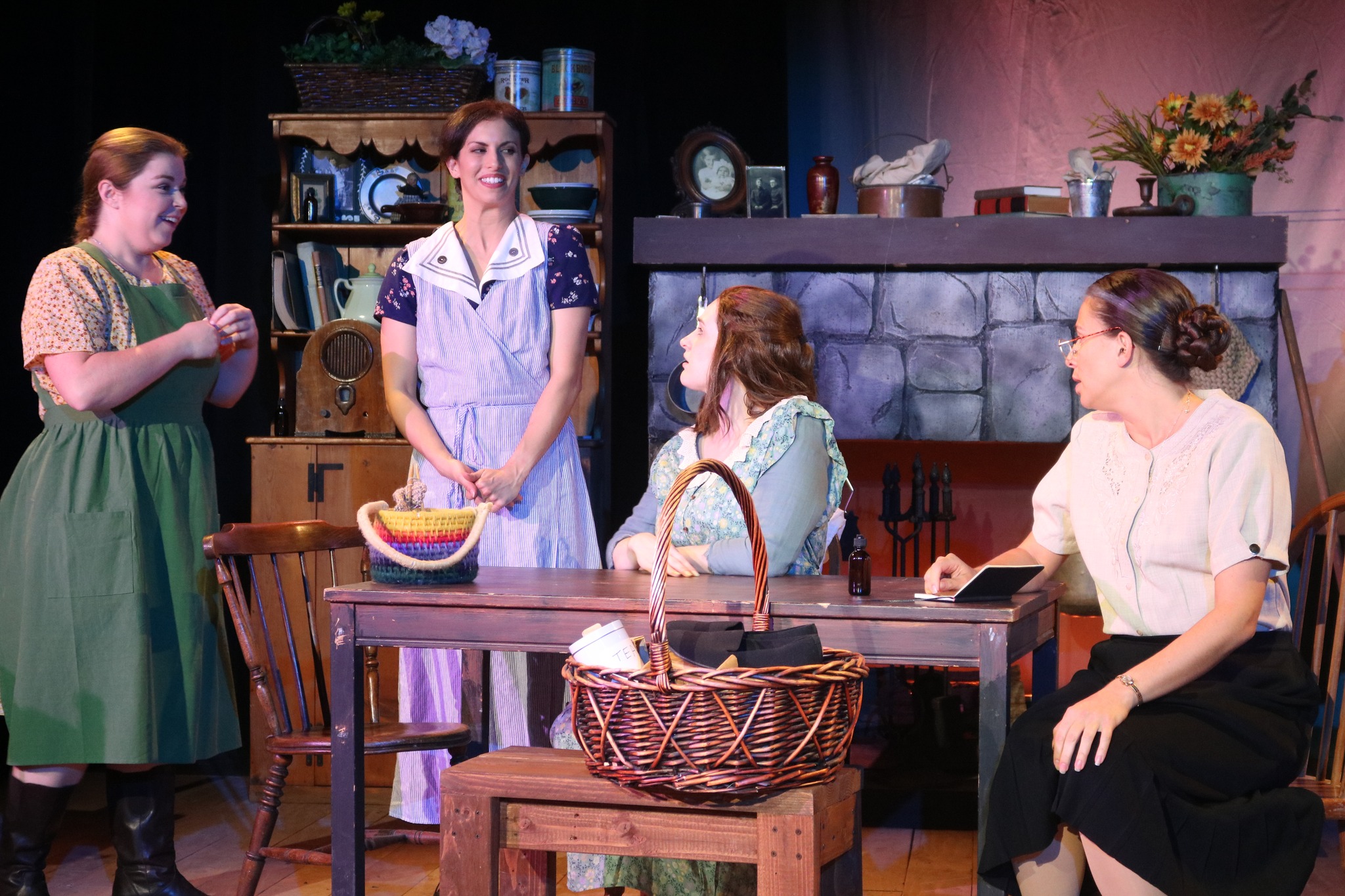

















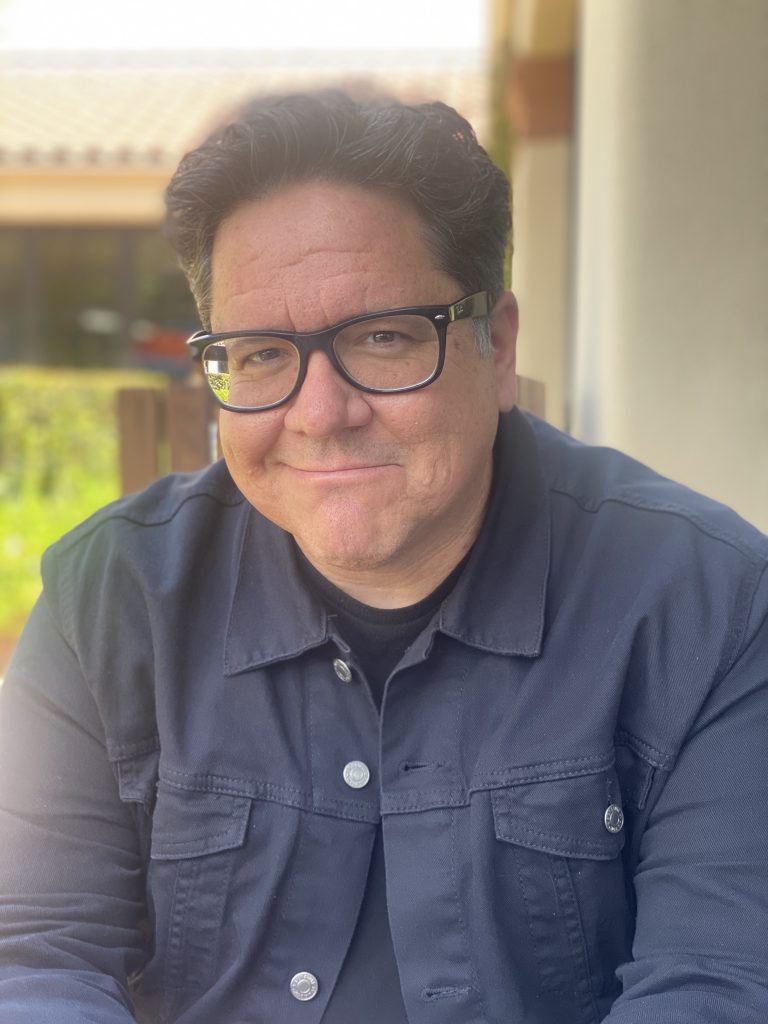








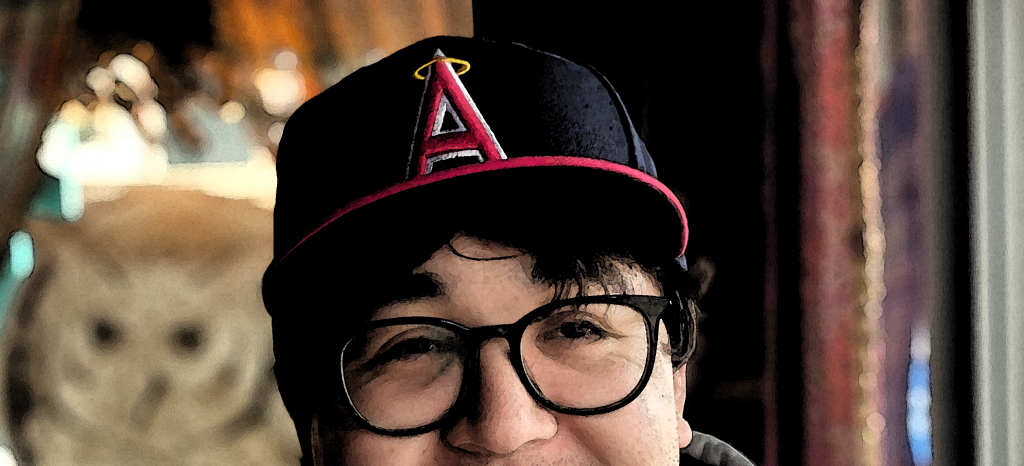








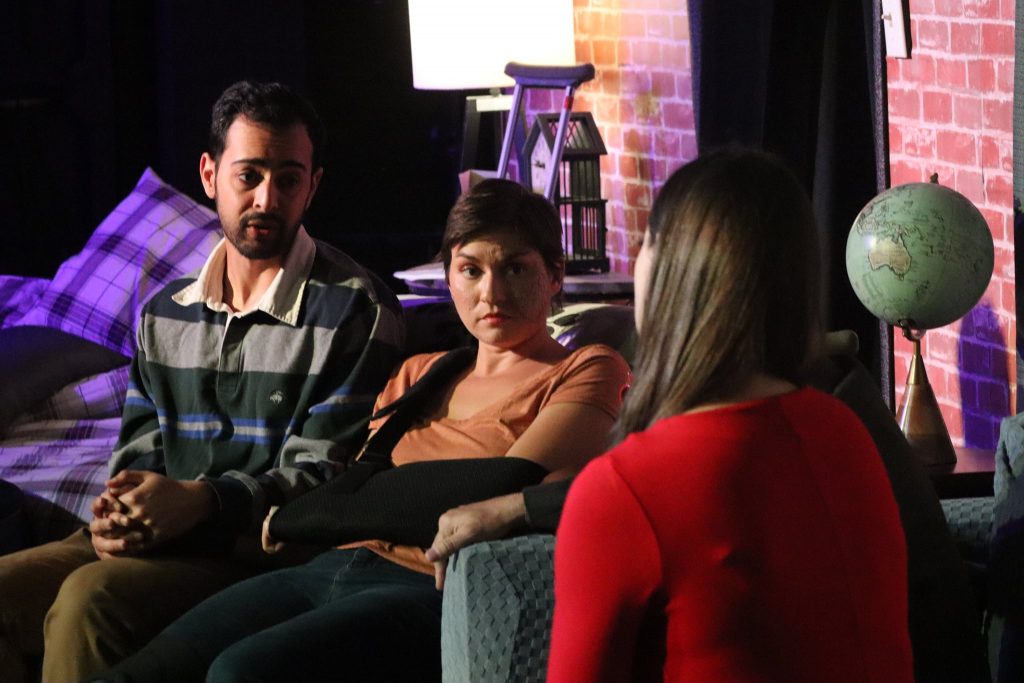






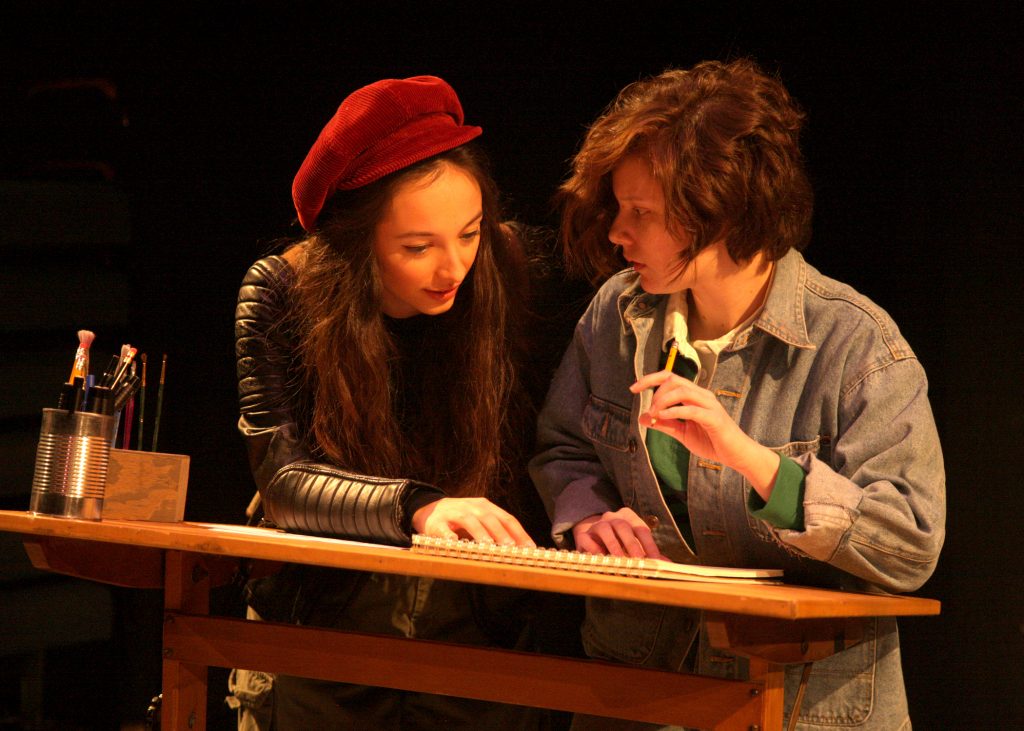






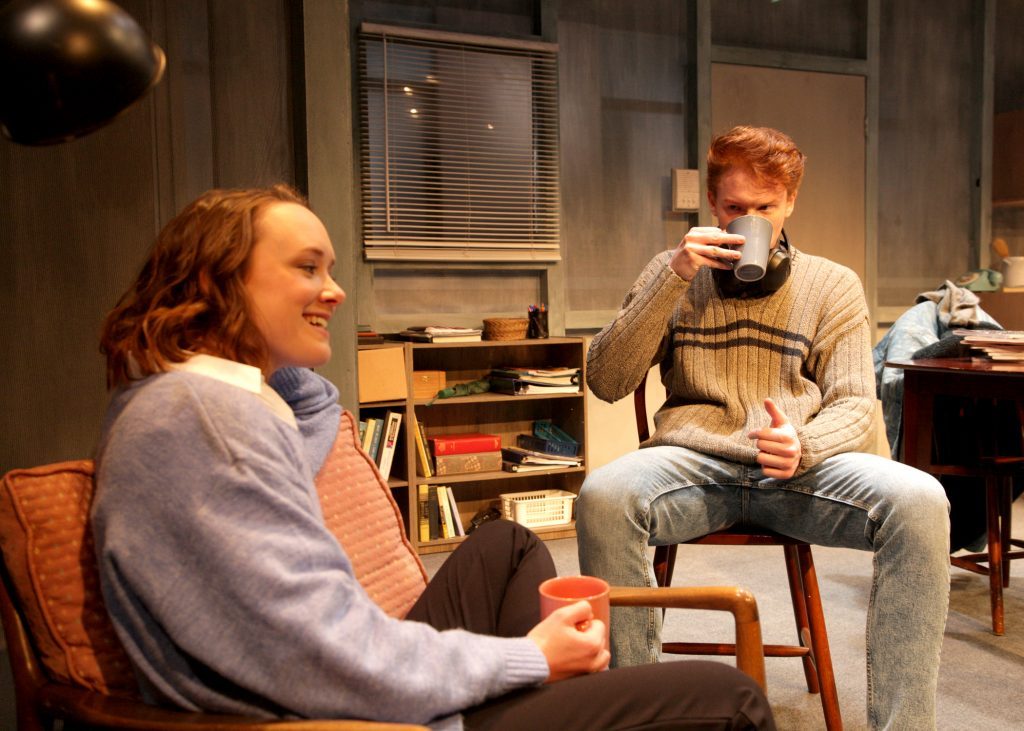

My favorite director of all time to work with!